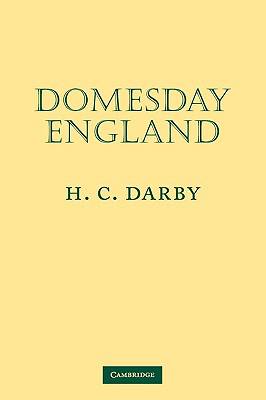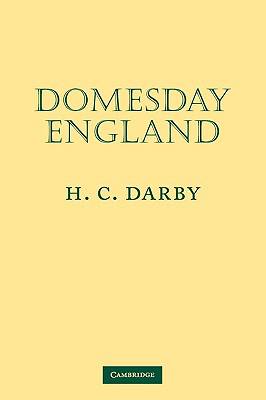
- Afhalen na 1 uur in een winkel met voorraad
- Gratis thuislevering in België vanaf € 30
- Ruim aanbod met 7 miljoen producten
- Afhalen na 1 uur in een winkel met voorraad
- Gratis thuislevering in België vanaf € 30
- Ruim aanbod met 7 miljoen producten
Zoeken
€ 123,95
+ 247 punten
Omschrijving
Domesday Book is the most famous English public record, and it is probably the most remarkable statistical document in the history of Europe. It calls itself merely a descriptio and it acquired its name in the following century because its authority seemed comparable to that of the Book by which one day all will be judged (Revelation 20:12). It is not surprising that so many scholars have felt its fascination, and have discussed again and again what it says about economic, social and legal matters. But it also tells us much about the countryside of the eleventh century, and the present volume is the seventh of a series concerned with this geographical information. As the final volume, it seeks to sum up the main features of the Domesday geography of England as a whole, and to reconstruct, as far as the materials allow, the scene which King William's clerks saw as they made their great inquest.
Specificaties
Betrokkenen
- Auteur(s):
- Uitgeverij:
Inhoud
- Aantal bladzijden:
- 432
- Taal:
- Engels
- Reeks:
Eigenschappen
- Productcode (EAN):
- 9780521310260
- Verschijningsdatum:
- 7/08/1986
- Uitvoering:
- Paperback
- Formaat:
- Trade paperback (VS)
- Afmetingen:
- 155 mm x 229 mm
- Gewicht:
- 630 g

Alleen bij Standaard Boekhandel
+ 247 punten op je klantenkaart van Standaard Boekhandel
Beoordelingen
We publiceren alleen reviews die voldoen aan de voorwaarden voor reviews. Bekijk onze voorwaarden voor reviews.








